News
Sep 20 2019
PERSONALIZED CHALLENGE: STUDENT-DRIVEN LEARNING
Dennis Wang
The last time I wrote to you was on the topic of 'challenge', which is one of our major areas of focus at BCIS this year. I mentioned in the previous article that challenging learners requires teachers to differentiate learning to ensure we do not have a 'one size fits all' approach. I will expand on this and also explain how personalization, as well as differentiation, at BCIS ensures our learners are being challenged.
To begin, let me give a simple description of differentiation and personalization to set the scene.
Differentiation: Researchers at the National Center on Accessing the General Curriculum define differentiated instruction as a process to approach teaching and learning for students of differing abilities in the same class. The intent is to maximize each student's growth and individual success by meeting each student where he or she is ... rather than expecting students to modify themselves for the curriculum. (Hall, 2002)
Personalization: Personalized learning is a progressively student-driven model in which students deeply engage in meaningful, authentic, and rigorous challenges to demonstrate desired outcomes (Zmuda, A., Curtis, G., & Ullman, D. (2015).
At BCIS our teachers are using a combination of differentiated and personalized learning at various stages in a student's learning.
While it is true to say that personalized instruction in kindergarten looks different to what one may see in a grade twelve IB Diploma class, differentiated instruction does occur in both. There are times when the teacher will choose to differentiate instruction to meet the needs of different groups of students. While the learning goals remain the same for all students, the level of complexity, the process or the product may be adapted by the teacher. We often see differentiated instruction, for example, when students are grouped according to their understanding during mathematics units. The students in each of the groups could be working on problems of differing levels of complexity, however they are all working towards understanding and mastery of multiplication, for example.
With personalized learning, however, the student is driving the learning and is an active participant in the design of their own learning. Agency increases, with students being given the opportunity and framework to set learning goals, to incorporate their own interests and passions into their learning and to design a learning path that suits their style. Students may be learning at a different pace from each other, often with different content and products, but the teacher is still there as a learning guide and facilitator of the school's written curriculum.
Research shows that it is not uncommon for student engagement to fall as students move from the elementary years through middle school years and into the high school years. According to Gallup's senior educational consultants, Valerie J. Calderon and Daniela Yu, students in high school typically "have the greatest stake in their education but little to no say in how it is delivered. This lack of agency represents a lost opportunity to accelerate learning and prepare students for a world in which taking initiative and learning new skills are increasingly paramount to success." It is this future world, one of taking initiative and applying skills and knowledge in novel ways, that we want our students to be prepared for. By personalizing learning journeys and providing challenge that is significant and relevant, BCIS ensures teaching and learning not only supports the growth and developmental needs of our students but remains engaging.
Currently, I am very much enjoying listening to the audio book Creative Schools: The Grassroots Revolution That's Transforming Education by Sir Ken Robinson and Lou Aronica. Sir Ken Robinson works with governments, education systems, international agencies, global corporations and some of the world's leading cultural organizations to unlock the creative energy of people and organizations (http://sirkenrobinson.com/about/) He is well-renowned in the educational field. In this book he talks about moving away from the old style of industrial education, designed to meet the needs of the 19th and early 20th centuries, towards a new style suited to the challenges we now face, and will be facing in the future. He goes on to talk about how uncertain the future is – something we are all very aware of – and how we should not try to fix the system that is already in place, but to change and transform it, through highly customized teaching and learning. Through differentiating and personalizing learning I believe that we are heading in the right direction towards the customization of teaching and learning that Robinson refers to.
When you see and hear learning in action at BCIS, I hope that you can see how we value challenge. Changes in education are happening now, around the world and at BCIS, and we want to ensure we are at the forefront of learning. I understand that it can be unsettling if you do not understand the changes and how they benefit your child. We are working hard to help our parents understand and will continue to offer many avenues of communication. However, it is clear that differentiated and personalized instruction is not a short-term fad but rather an essential need as we continue to ensure that our students at BCIS are prepared for a successful future.
References
Hall, T. (2002). Differentiated instruction [Online]. Wakefield, MA: CAST. Available: www.cast.org/publications/ncac/ncac_diffinstruc.html
Learning Personalized: The Evolution of the Contemporary Classroom (Zmuda, A., Curtis, G., & Ullman, D. (2015).
Creative Schools: The Grassroots Revolution That's Transforming Education by Sir Ken Robinson and Lou Aronica
Valerie J. Calderon and Daniela Yu, "Student Enthusiasm Falls as High School Graduation Nears," Gallup, June 1, 2017, available at http://news.gallup.com/opinion/gallup/211631/student-enthusiasm-falls-high-school-graduation-nears.aspx.




